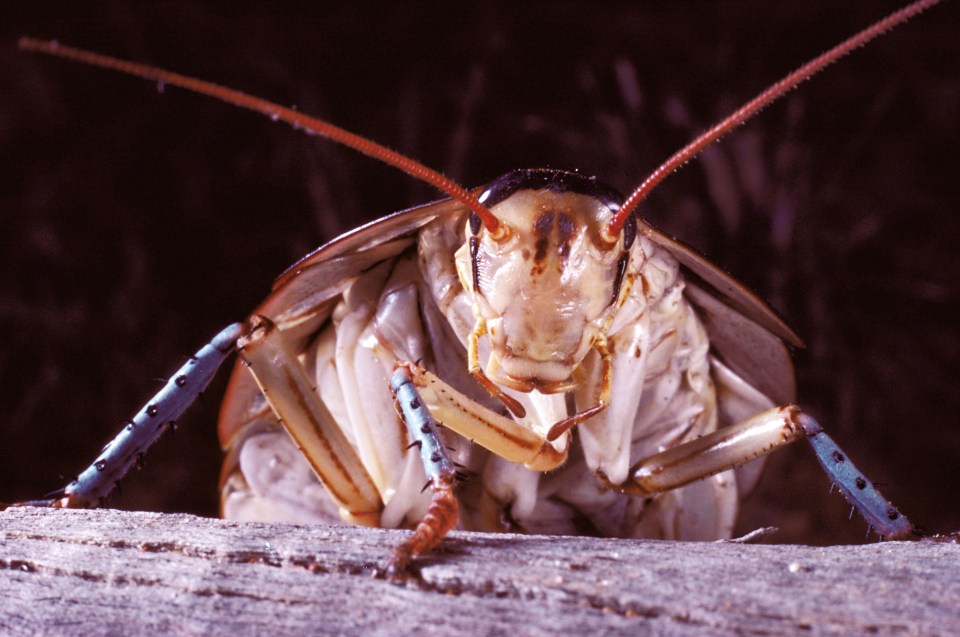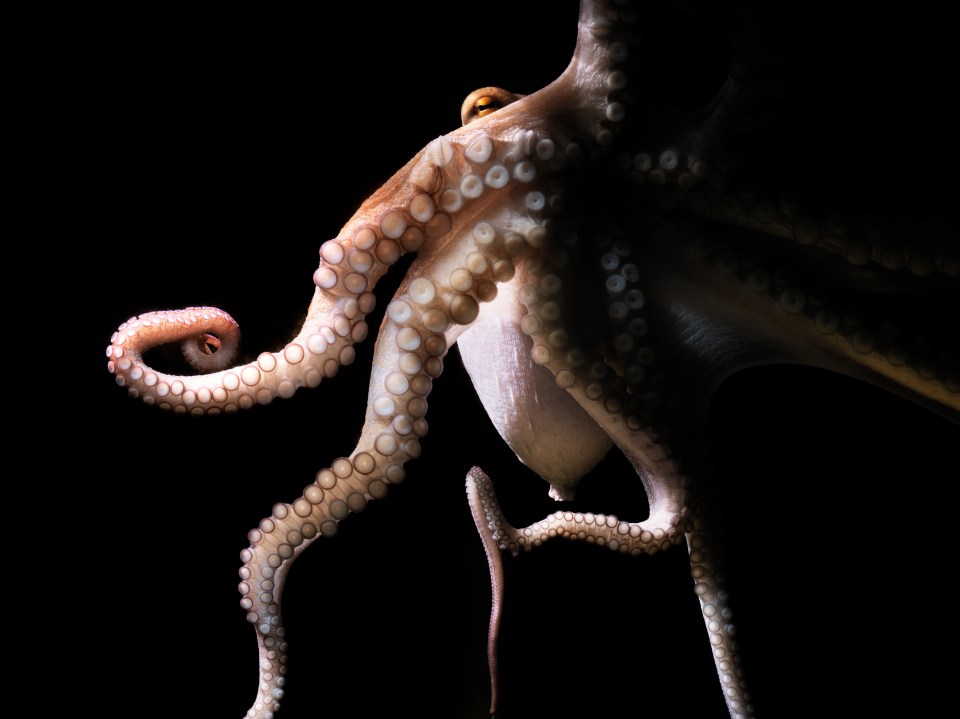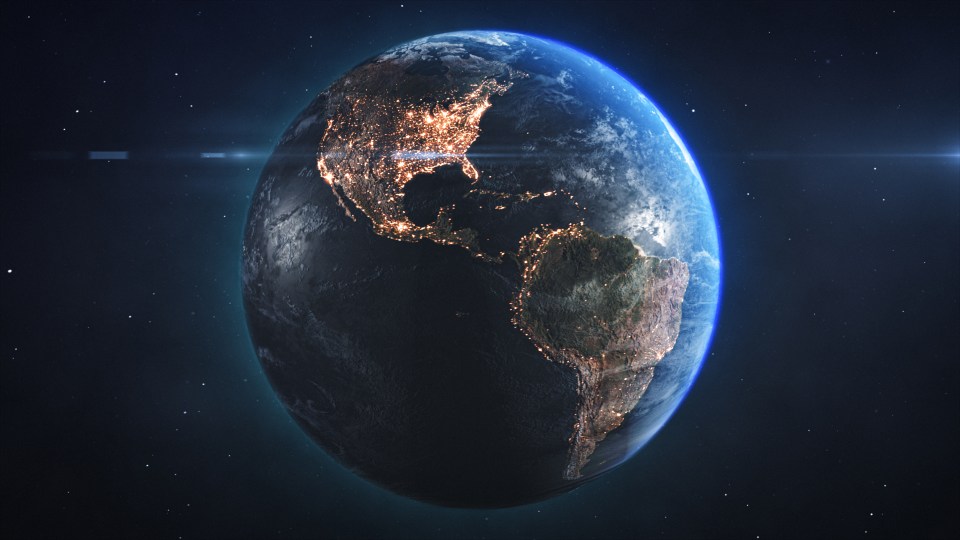A SCIENTIST has revealed the unexpected creature that is most likely to rule the world if humans die out.
And contrary to popular belief, it’s not cockroaches.
Should humanity go extinct, a certain sea beast has the key attributes to take our place, according to Professor Tim Coulson, from the University of Oxford.
He says this particular animal has the “dexterity and intelligence” that “makes them a strong candidate to evolve to build civilisation”.
The surprising creature in question is the octopus.
Professor Coulson told The European that their ability to solve complex problems, as well as do things like communicate with one another in flashes of colour, make them a perfect next ruler and “brains of the sea”.
Read more about sea creatures
Octopuses are unlikely to adapt to life on land like us.
Instead, they could “construct underwater communities resembling cities we see on land”.
And he believes eventually octopuses might evolve to hunt outside of water.
The leading zoologist and biologist likened it to how humans learned to catch fish and to navigate over and under water.
“It may take them hundreds of thousands or even millions of years to evolve to do this,” he explained.
“With evolutionary advances, it is possible, if not probable, that they might develop ways to breathe outside of water and eventually hunt terrestrial animals like deer, sheep, and other mammals – assuming they have survived the catastrophic event that drove humans extinct.”
An octopus can survive up to 30 minutes outside of water today.
The creature has a very short lifespan of between one and five years, depending on the species.
“Of course, the rise of the octopuses is all speculative: evolution is unpredictable, and we can’t say with certainty what path it will take in the event of human extinction,” he cautioned.
“Random mutations, unforeseen extinction events, and population bottlenecks can all significantly influence the trajectory of evolution, making it challenging to determine whether another species will develop human-level intelligence or the inclination to construct cities.”
The science behind octopuses changing colour

Let’s imagine an octopus feels under threat.
It uses its eyes to see the darkness, texture and layout of a scene it’s in.
Although it can only see in grey, it uses its pupils to distort light to get a rough idea of colour.
That information is then sent from its brain to the eight arm-brains that add colour from thousands of cells beneath its skin.
These cells are called chromatophores, and each of them has a tiny sac filled with either a red, orange, brown, yellow or black pigment.
Under the chromatophores is another layer of cells called iridophores, and these can reflect light back up through the octopus’ skin to make colours look brighter.
All octopuses lack blue and green pigment.
Instead, they use the reflective capabilities of their iridophore cells to add shades of blue and green to their skin.
Beyond colouration, the octopus can then make its skin match the texture of its surroundings – allowing for an even better disguise.
Using small muscle bundles called papillae, the octopus can make its skin bumpy or smooth as needed.
This post was originally published on here










